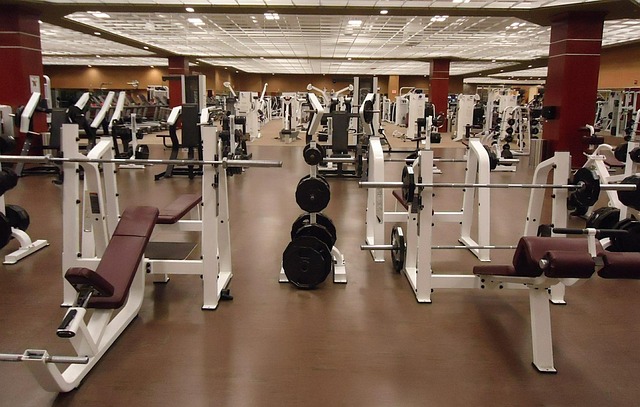As we progress through 2025, technology and wellness are intertwining in exciting ways to redefine how we live active lives. From AI-powered training programs to eco-friendly gear, these innovations make fitness more accessible, personalised, and enjoyable. Let’s dive into some of the key trends that are shaping the future of an active lifestyle.
AI-Powered Personal Training
Artificial intelligence is revolutionising fitness by providing more customised workout plans. With the ability to analyse data such as heart rate, form, and recovery, AI-driven platforms can tailor workouts to fit individual needs. These programs adapt in real-time to ensure optimal performance, making it easier to meet fitness goals, whether it’s improving strength, endurance, or flexibility. AI-powered coaches offer guidance at any time, making personalised fitness more accessible and affordable than ever before.
Immersive Virtual Reality Workouts
Virtual reality (VR) is transforming fitness from a routine activity into an engaging experience. VR workouts immerse users in dynamic, interactive environments, making exercise feel like a game rather than a chore. Whether you’re boxing, dancing, or practising yoga in a virtual world, VR can enhance motivation, reduce stress, and increase focus. It allows users to enjoy a full-body workout without the monotony of traditional exercise, offering both physical and mental benefits.
Smart Wearables and Fitness Trackers
Wearable technology has become an essential tool for those seeking to track their health and fitness progress. Devices like fitness trackers and smartwatches are now equipped with advanced features such as heart rate monitoring, sleep tracking, and even blood oxygen levels. These gadgets offer real-time feedback, helping users stay on top of their fitness and make informed decisions to improve their performance. Wearables also help users track daily activity levels, encouraging them to stay active and set achievable goals.
Sustainable and Eco-Friendly Fitness Gear
Sustainability is a growing concern in the fitness industry. More brands are prioritising eco-friendly materials for their fitness equipment, from yoga mats made from natural rubber to gym wear produced with recycled fabrics. Additionally, energy-efficient equipment is being developed, such as cardio machines that capture kinetic energy to power the device or contribute energy back to the grid. This shift towards sustainable design ensures that you can maintain an active lifestyle while being mindful of your environmental impact.
For example, https://buxumbox.com/ offers products crafted from natural materials, combining sustainability with performance. By choosing these eco-conscious options, you not only enhance your fitness routine but also contribute to a healthier planet.
Recovery-Focused Fitness
Recovery is becoming just as important as exercise itself in the modern fitness landscape. Innovations like smart foam rollers, cryotherapy chambers, and infrared saunas are gaining popularity for their ability to accelerate muscle repair and reduce soreness. Devices that provide electrical muscle stimulation (EMS) and transcutaneous electrical nerve stimulation (TENS) are also improving the recovery process by targeting specific muscle groups to ease tension and speed up recovery time. These technologies help individuals maintain consistent training schedules without the risk of burnout or injury.
Smart Home Gyms
The convenience of working out from home has led to the rise of smart home gyms. These systems integrate technology to provide personalised workout experiences, offering real-time adjustments based on performance. Many smart home gyms come with built-in AI that tracks movements and provides feedback, ensuring that users are maximising their efforts. With virtual classes and compact designs, smart home gyms offer the flexibility to maintain an active lifestyle without leaving the house. These setups are especially appealing for people with busy schedules or those who prefer a private workout space.
Conclusion
In 2025, innovations in fitness technology are making it easier than ever to live an active and healthy lifestyle. From AI-driven training to eco-friendly equipment, the future of fitness is more personalised, sustainable, and accessible than ever before. By embracing these innovations, individuals can enhance their workout routines, improve recovery, and enjoy a more engaging, effective approach to fitness that aligns with their values and goals.






